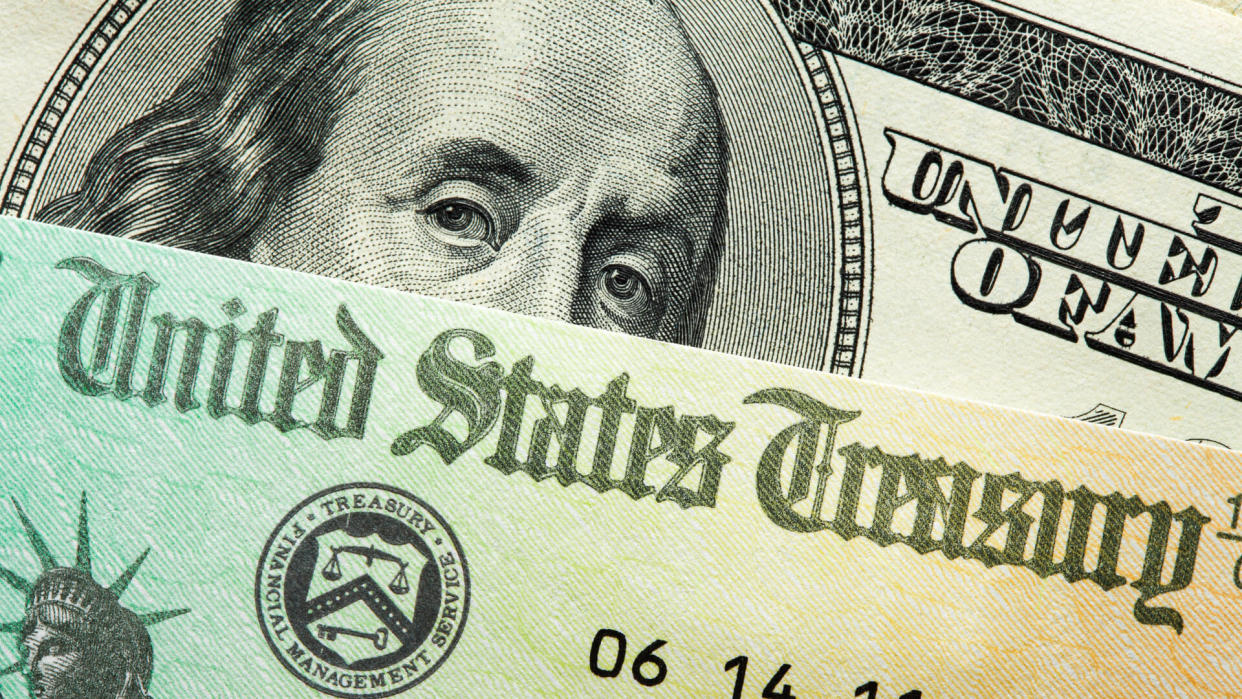Your Tax Refund Might Be Larger This Year — How to Invest It for Profit

According to the IRS, over 4.3 million people have received their tax refund as of Feb. 4, with an average refund check of $2,201 per person. This year, your tax refund might be higher than previous years with the addition of the second half of the child tax credit or recovery rebate credit from last year’s stimulus relief packages.
See: Teens & Taxes: Are My Teenager’s Scholarships and Grants Taxable?
Find: Top Tips for Painless Tax Prep
A refund of that size is substantial, and can be invested in several different ways to take advantage of high interest rates. Here are some tips to invest wisely. Important to note: having an emergency fund always takes priority over investing. It’s crucial to have money put away in case of emergencies before you begin investing. That being said, with inflation well over 7% and rising, keeping too much money in cash may not be an appealing prospect.
The same principle may pertain to debt payment vs. investing. Inflation is problematic in general, but far worse in comparison to high-yielding debt obligations. If you have debt obligations, any extra income — like a refund — should go directly towards paying off that debt. There is rarely an investment you can make that will outpace the interest rate on a credit card. The wisest thing you can do if you have high-interest debt is pay it off immediately before thinking of investing in anything else.
IRAs
If you’ve paid down your debt and have a substantial emergency fund in place, the next step is maxing out qualified retirement accounts. Both traditional and Roth IRAs are good investments to make at around $2,000. If you invested $2,000 in an index fund with an assumed 7% annual rate of return over 25 years, you’d grow the account to nearly $10,000. The same goes for your 401(k). Qualified and tax-advantaged retirement accounts should be the first investment step one takes, as they are the only tax privileges afforded to taxpayers that are also attached to investments.
Learn: Bitcoin by Proxy? Investment Experts Debate Value of Crypto ETFs, Proxies vs. Direct Holdings
Explore: 2022 Changes to 401(k) Limits and Backdoor Roth IRAs
ETFs
Outside of qualified retirement accounts, throwing $2,000 or so into exchange traded funds (ETFs) can be a good way to start an investment account. These are a basket of securities and can trade intra-day like stocks, allowing you diversified exposure.
More From GOBankingRates
Bank Accounts That Will Help Supplement and Grow Your Social Security
Easy Things You Can Do To Start Preparing for Retirement Now
This article originally appeared on GOBankingRates.com: Your Tax Refund Might Be Larger This Year — How to Invest It for Profit
